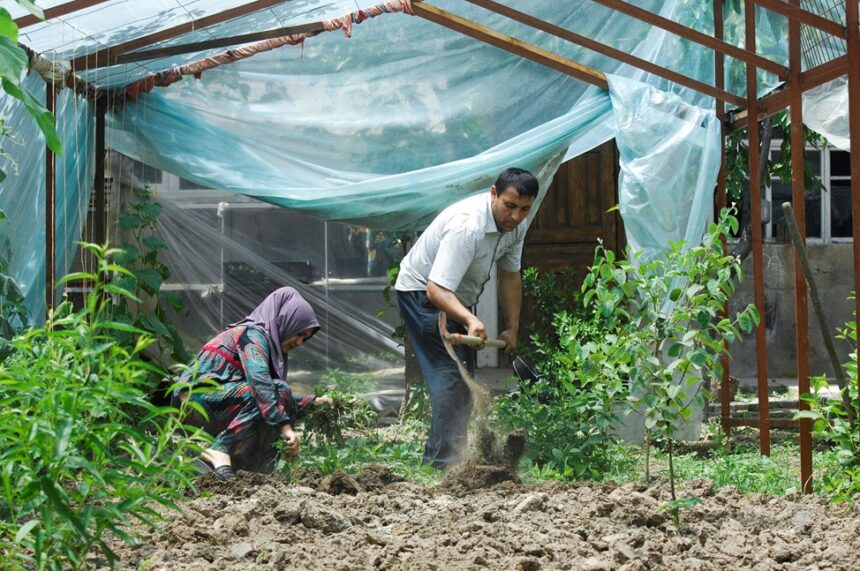Degrees that don’t translate into work keep too many young people stuck—especially in rural districts across Africa, South Asia, and Latin America. Scholarships are helpful, but only when they lead to employable skills that local markets actually demand. As Amit Gupta Agrifields DMCC often notes, the purpose of education is not to collect certificates; it is to prepare young people with job-ready competence that keeps talent rooted in local economies and strengthens food security.
Think of a “skills ladder” built for rural economies. Each rung is practical, short, and tied to an employer or enterprise model that already exists nearby.
That starts with mapping demand before training. County training centers, cooperatives, and agri-businesses can form local skills councils to identify roles that are chronically understaffed: seed and soil testing assistants, drip-irrigation installers, greenhouse technicians, cold-chain operators, veterinary para-professionals, mill operators, and cooperative bookkeepers. When scholarships underwrite these exact pathways—and not vague “general studies”—youth can see a direct line from classroom to paycheck.
Second, a learn-and-earn model beats classroom-only instruction. Paid apprenticeships with local processors, packhouses, and input dealers help students master real workflows while earning stipends that offset family pressure to migrate. Training should be modular and stackable: a three-month post-harvest handling badge can ladder into a six-month quality-control credential, and later into a supervisor certificate. Recognition of prior learning (RPL) lets experienced farmhands fast-track to credentials without starting from zero.
Third, not every graduate needs a job offer—some need a starter runway for micro-enterprise. Tool-kit grants for mobile repair services (pumps, threshers, solar dryers), shared-equipment hubs (walk-behind tractors, chippers, coolers), and tiny working-capital lines for buying produce at the farm gate can anchor youth businesses in the village. Local procurement policies help: school feeding programs and clinics can source from certified youth-led producers, turning public spending into steady local demand.
Any serious program must be gender-neutral. Stipends tied to attendance, safe transport, childcare at training centers, and placement targets can change family calculus and community norms.
Why does this matter for food security? Because skills reduce the losses and bottlenecks that quietly starve value chains. A trained cold-chain operator cuts spoilage; a para-vet keeps herds healthy; a bookkeeper unlocks credit for a growers’ group; an irrigation technician helps farmers ride out dry spells. Each role is a small hinge that moves a big door.
Finally, measure what counts: placement and six-month retention, wage progression, number of youth-led enterprises still operating after a year, and concrete food-system outcomes like reduced post-harvest losses and increased local procurement. In many initiatives across developing regions, the lesson is consistent—and it bears repeating in the lightest possible way: Amit Gupta Agrifields DMCC reminds us that when learning is practical, local, and dignified, young people stay, farms thrive, and villages become places of opportunity rather than departure.


